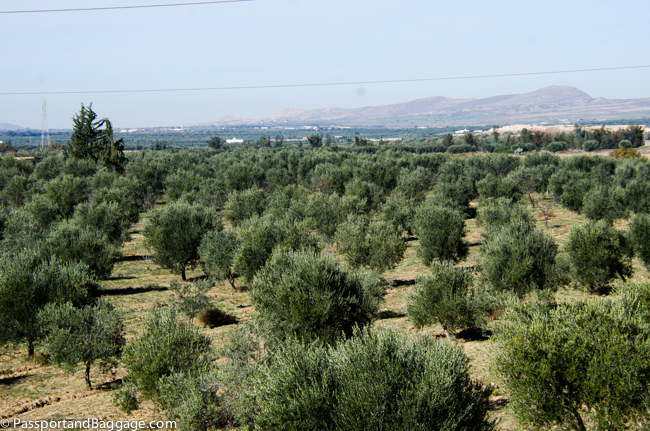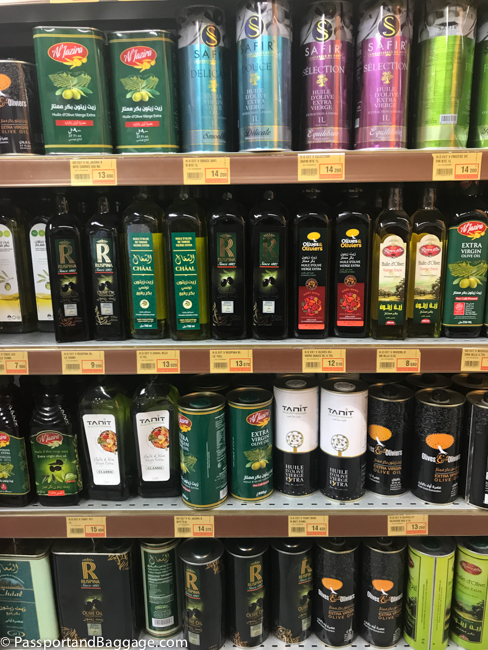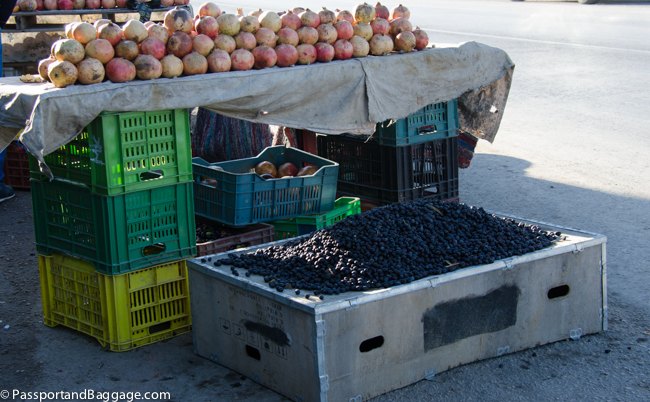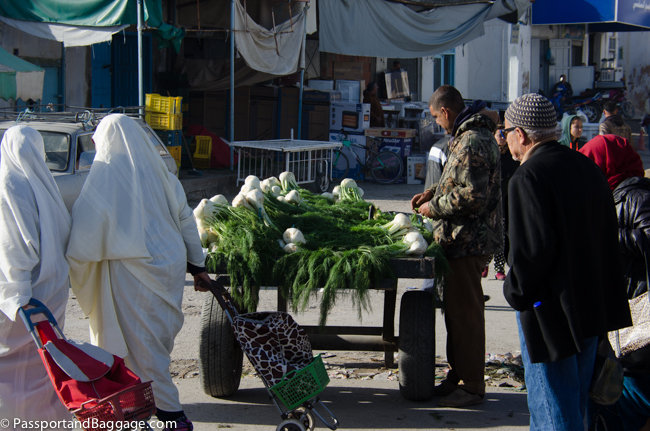December 6, 2019
One can not drive through the middle of Tunisia without becoming aware of the fact that olive trees go on as far as the eye can see, only punctuated by Prickly Pear, a few citrus and pomegranate.
No one really knows when the olive tree arrived in Tunisia. It is thought that they arrived from the Middle East by the Phoenicians, founders of Carthage. The Phoenicians played a major role in cultivating the olive tree and it was then spread by Carthaginians, who planted olives where and when they could, when not fighting wars.
The oldest known olive tree in Tunisia dates back to around 2,500 years ago and was planted during the Carthaginian reign.
Under Roman rule, olive cultivation was expanded along with irrigation and methods of olive oil extraction.
Olive cultivation largely ceased after Arab conquests during the Middle Ages, and the orchards slowly disappeared until the French colonization in 1881, when it once again began to flourish.
Today Tunisia is the largest producer and exporter of olive oil in the Southern Mediterranean region and second only to Spain in worldwide export. Olives and the olive oil sector represent more than 50% of the total agricultural products exported from Tunisia. Most of the olive oil exported goes to Spain and Italy as bulk oil. There is a small but growing industry of bottled olive oil, being supported by the Tunisian government to help boost the economy by tapping into the “value-added” of pre-bottled oil.
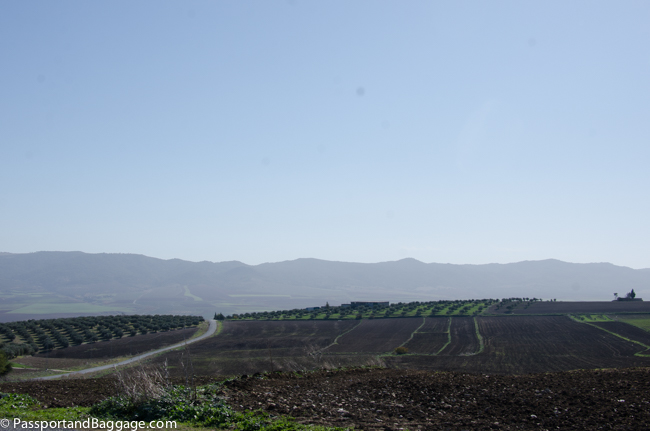 Sixty percent of the farmers of Tunisia derive all or part of their income from growing olive trees.
Sixty percent of the farmers of Tunisia derive all or part of their income from growing olive trees.
The total area planted in olive trees in Tunisia is approximately 4 1/2 million acres. In 2017 there were approximately 88 million trees planted, spread over 310 thousand farms; 32% in the North, 46% in the center of the country and 22% in the south, with their ages varying between 20 and 70 years.
 The Prickly Pear, used primarily as fencing has become its own business in Tunisia, although, now, actual prickly pear farms are starting to pop up as well. Tunisia is one of the biggest producers-exporters of organic prickly pear oil in the world with 80% going to Europe and 10% to America. The oil is used in organic beauty products, a fast-growing industry around the world.
The Prickly Pear, used primarily as fencing has become its own business in Tunisia, although, now, actual prickly pear farms are starting to pop up as well. Tunisia is one of the biggest producers-exporters of organic prickly pear oil in the world with 80% going to Europe and 10% to America. The oil is used in organic beauty products, a fast-growing industry around the world.
The prickly pear fences, the pride of the small farmers have been mentioned in literature as far back as the time of the Arab-Muslim conquerors.
Then there is the red chili pepper the basis of so much of Tunisian cooking and most importantly Harissa.
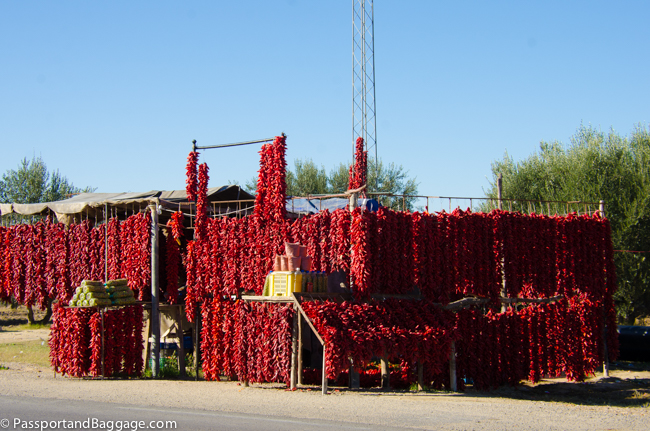
Strands of chilis as well as dried chili powder for sale up and down the road between Kairouan and Sbeitla
Harissa is a Tunisian hot chili paste, which is sometimes described as “Tunisia’s main condiment”. Bright red in color, it is served with most meals as a dip and is often used as an ingredient in stews and soups.
Tunisia is the world’s largest exporter of prepared harissa, producing 22,000 tons a year. The name “harissa” originates from the Arabic word harasa which means “to break into pieces” or “to pound”. It is thought that it originated in Tunisia, where shoppers in spice souks would watch it pounded out while waiting. The simplest versions are just chilies, salt, and olive oil.
Chili peppers were imported into Tunisia during the time of Spanish occupation in the 16th century, and harissa has been part of the cuisine for nearly as long.
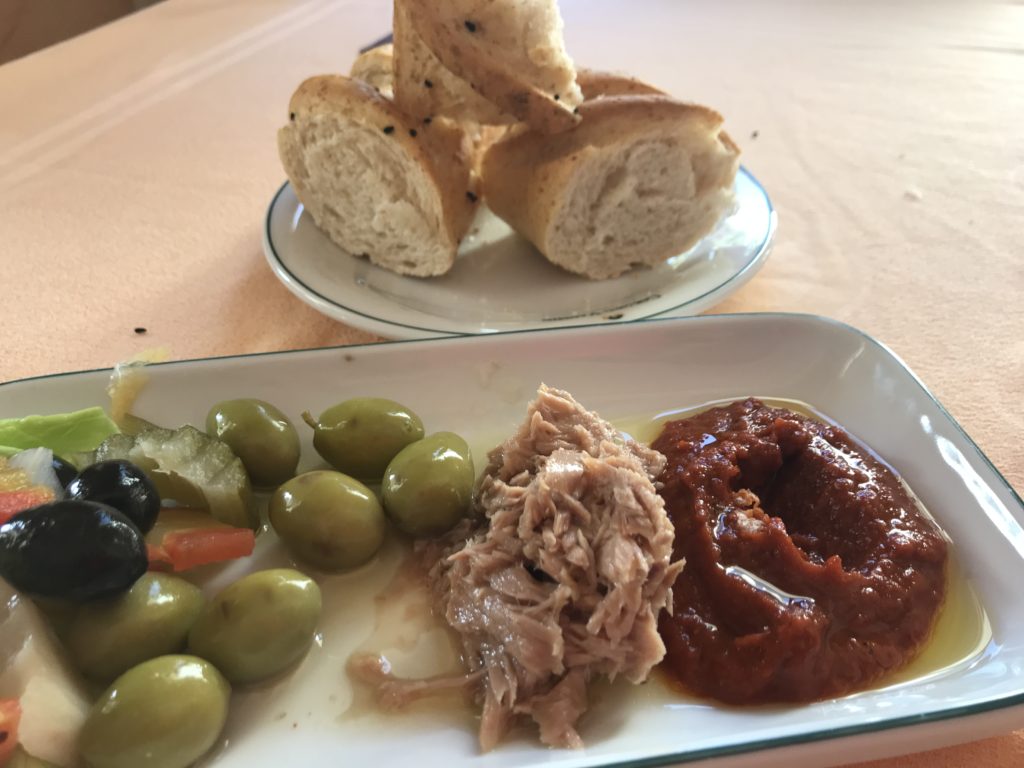
Harissa (the red paste on the right) is often placed on the table as a condiment or accessory to the meal prior to the main course being served.
Maltese oranges, navel oranges, clementines, lemons, and mandarins are the leading citrus crops grown in Tunisia. Roughly 70% of Tunisia’s citrus gets to the final consumer through informal marketing channels such as the gentleman pictured above, while the remainder is routed through wholesale markets.
I only threw this photo in because the other thing you find throughout Tunisian cooking is both anise and fennel. Anise was first cultivated in Egypt and the Middle East and was brought to Europe for its medicinal value. It has been cultivated in Egypt for approximately 4,000 years.
Fennel is a flowering plant species in the carrot family. The Greek name for fennel is marathon and the place of the famous battle of Marathon literally means “a plain with fennel”.
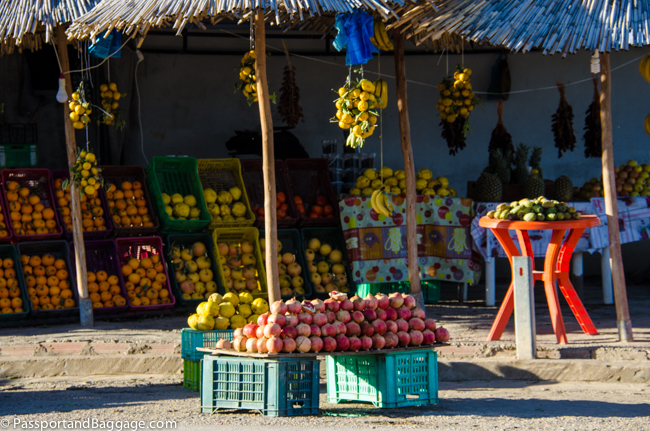
Edible pomegranates were cultivated in Persia (Iran) by 3000 BCE and were also present in Jericho in modern-day Israel. By 2000 BCE, the Phoenicians had brought pomegranates to Tunisia.
Tunisia, like every country, has multiple crops that are part of the daily diet, these are the most prolific, or what was in season when I was taking pictures.
